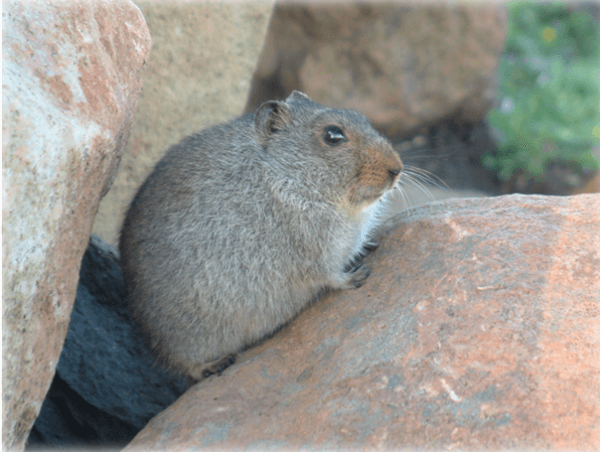Facts About Sloggett's vlei rat
Meet Sloggett's vlei rat, also known as the ice rat, a captivating rodent from the Muridae family. This little creature inhabits the high-altitude grasslands, swamps, and rocky areas of southern Lesotho and South Africa. Named after Colonel Arthur Sloggett, who first collected specimens in 1902, this species is quite common and is classified by the International Union for Conservation of Nature as of "least concern."
Sloggett's vlei rat is medium-sized with thick, soft fur. It has a large head with a blunt snout and noticeable reddish-brown patches around its whiskers. Its small ears are dark-edged, and its tail is two-toned. The rat's upper body is a greyish buff, its flanks are greyish brown, and its belly is a buffy white. You’ll typically find this species in rocky habitats and alpine grasslands above 2,000 meters, particularly around 2,600 meters in southern Africa.
In the right habitats, Sloggett's vlei rat is abundant, with populations sometimes exceeding 100 individuals per hectare. They live in burrows and are diurnal, emerging to forage and bask in the sun. Their diet primarily consists of leaves, flowers, and stems of green plants, and they store food in their burrows for the winter. These burrows are quite intricate and usually house a breeding female and her family, with up to a dozen entrances.
Breeding takes place in late summer, and after a 38-day gestation period, the female gives birth to an average of 2.5 young. These young rats are well-adapted to endure the extreme cold, thanks to their compact body proportions and an extended lactation period.

 South Africa
South Africa